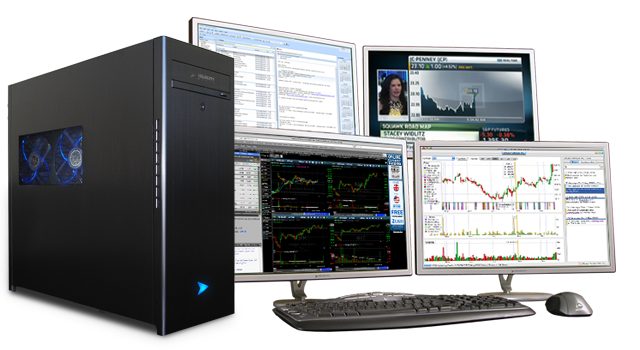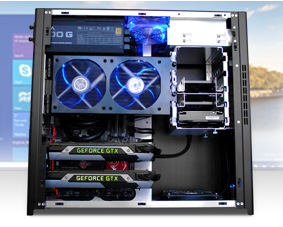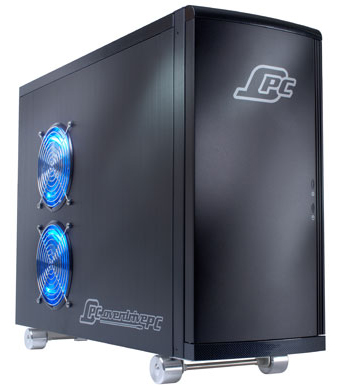 A multimedia professional or a graphic designer today is looking for an extension of his or her creative self in the tools that are planned to be used. Graphic design involves the projection and manipulation of form, space and color, to present visual imagery for purposes of communicating an idea. Multimedia creation combines the use of text, sound or video to build content that describes the information to be communicated.
A multimedia professional or a graphic designer today is looking for an extension of his or her creative self in the tools that are planned to be used. Graphic design involves the projection and manipulation of form, space and color, to present visual imagery for purposes of communicating an idea. Multimedia creation combines the use of text, sound or video to build content that describes the information to be communicated.
Today’s media content is characterized by extremely high resolution imagery and fast video rendering. If you are looking for the perfect computer system to realize your vision, it is worthwhile to spend some time figuring out what you need from that media creation PC.
4K resolution requirements

Creating or editing graphic content at an amazing 4096 by 2160 pixel resolution requires a high end video card with built in Graphics Processing Unit (GPU) and at least 8 GB of video RAM. For the ultimate in performance, we recommend a CUDA enabled GPU, a parallel computing platform that enables software developers to obtain a variety of processing tasks. This system allows hundreds of cores in the graphic unit to break down tasks and forward simpler executions to a multi core CPU.
Multiple core processor
A powerful contemporary processor features multiple cores to enable simultaneous execution of multiple resource intensive tasks that are necessary for rich content creation. A minimum of four cores is advised although the most well equipped processors feature up to 10 cores.
System Memory
At least 8 GB of DDR3 1600 MHz RAM is required, but for peak performance the suggested requirement for a media creation PC is 16 GB of DDR4 2400 MHz RAM. This memory is meant for direct use by the computer’s Central Processing Unit and stores data or instructions between tasks.

Multiple Hard Drives
More than one hard drive, with at least 512 GB of storage capacity, running at a minimum of 7200 RPM is advised, since work may continually need to be backed up. It would also be to use either the new eSATA ports which allow external Hard Drives to transfer data at high speeds. Alternatively USB 3.0 ports can be used and they allow data to be transferred at speeds of up to 5Gbps.
Optional components
You may like to include the latest Blu Ray disc writer or the traditional DVD/RW to store your media. Most media is now stored on USB drives.
Avoid bloatware
A conventional media creation PC is choked with unnecessary applications and peripherals that eat up your system resources and waste storage and computing space. Always look for a system that is customized to your media creation needs. You may be one of the very few who are able to obtain the satisfaction of an artist from your chosen profession.
VMPete
Latest posts by VMPete (see all)
- The 10 Commandments of Computer Care - April 25, 2020
- How Important is RAM for Gaming - April 30, 2019
- Benefits of Buying a Prebuilt Gaming Computer - December 20, 2016